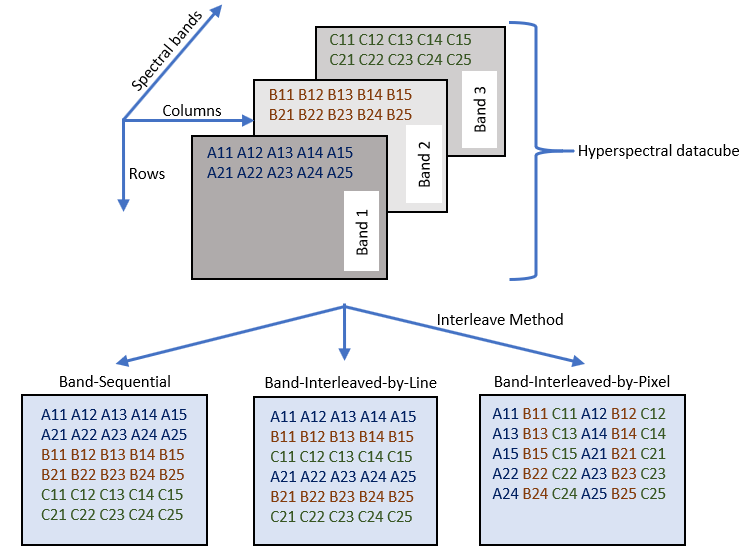enviwrite
Write hyperspectral data to ENVI file format
Description
enviwrite(
writes the hyperspectral data stored in the hcube,filename)hypercube object to an ENVI
(Environment for Visualizing Images) file format. The function creates an ENVI header file
and ENVI binary data file with file extensions .hdr and
.dat, respectively. The function writes the wavelength and metadata
information to the ENVI header file and the data cube containing the hyperspectral images to
the ENVI binary data file.
enviwrite(___,
specifies options using one or more name-value arguments in addition to the input arguments
in the previous syntax.Name=Value)
Note
This function requires the Hyperspectral Imaging Library for Image Processing Toolbox™. You can install the Hyperspectral Imaging Library for Image Processing Toolbox from Add-On Explorer. For more information about installing add-ons, see Get and Manage Add-Ons.
The Hyperspectral Imaging Library for Image Processing Toolbox requires desktop MATLAB®, as MATLAB Online™ and MATLAB Mobile™ do not support the library.
Examples
Input Arguments
Name-Value Arguments
Version History
Introduced in R2020a
